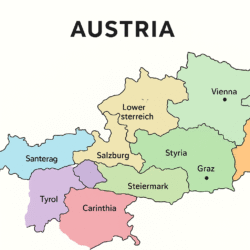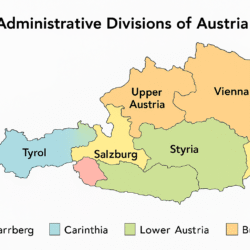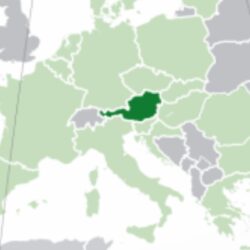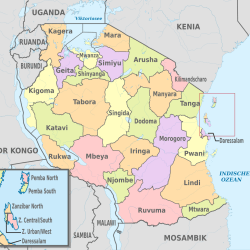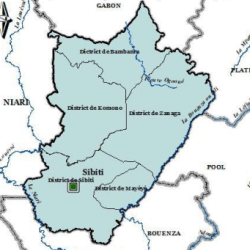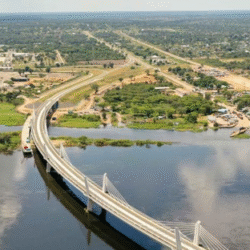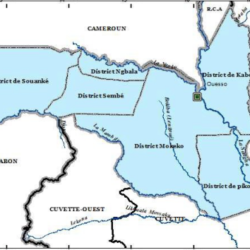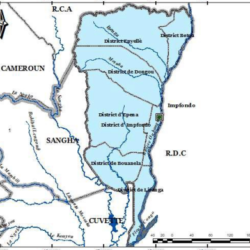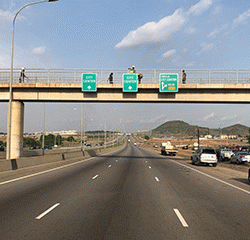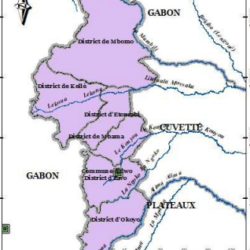The nine districts of Burgenland, Austria — including its two statutory cities, Eisenstadt and Rust, and seven rural districts. Discover their unique culture, landscapes, and history from north to south.
Nestled in the far east of Austria, Burgenland is a charming region celebrated for its rolling vineyards, serene lakes, and rich cultural blend of Austrian, Hungarian, and Croatian influences. Unlike other Austrian states, Burgenland has a distinct personality — shaped by its border location and tranquil countryside.
Administratively, Burgenland is divided into nine districts, comprising two statutory cities and seven rural districts, each with its own unique appeal. From the lakeside beauty of Neusiedl am See in the north to the thermal spas of Jennersdorf in the south, the districts of Burgenland form a fascinating mosaic of landscapes, traditions, and modern innovation.
Statutory Cities of Burgenland
Eisenstadt – The Heart of Burgenland
The capital city of Burgenland, Eisenstadt, is both a statutory city and the administrative and cultural center of the region. Despite being one of Austria’s smallest state capitals, Eisenstadt packs an incredible amount of charm and history.
The city is best known as the long-time residence of Joseph Haydn, the famous composer, whose influence still resonates through the annual Haydn Festival. The magnificent Esterházy Palace, a baroque masterpiece, dominates the cityscape and offers insight into the grandeur of Burgenland’s aristocratic past.
Eisenstadt also serves as a hub for government, education, and commerce — blending modern infrastructure with the warmth of small-town life.
Rust – The Wine Town by Lake Neusiedl
The second statutory city, Rust, may be small, but it’s steeped in history and charm. Located on the western shore of Lake Neusiedl, Rust is a UNESCO World Heritage site known for its perfectly preserved medieval houses and flourishing winemaking traditions.
Rust’s narrow cobbled streets, flower-decked courtyards, and famous white stork population make it one of Austria’s most picturesque towns. It’s a haven for birdwatchers, wine lovers, and anyone seeking a slower pace of life.
Every year, visitors flock to Rust to enjoy wine festivals, sailing, and cycling along the lakeside — perfectly capturing the easygoing spirit of Burgenland.
Rural Districts of Burgenland
Neusiedl am See – Gateway to Lake Neusiedl
The northernmost district, Neusiedl am See, is a paradise for water sports and nature lovers. It surrounds the famous Lake Neusiedl, a shallow steppe lake that straddles the Austrian–Hungarian border and provides a unique ecosystem for birdlife.
The administrative center, also named Neusiedl am See, thrives on tourism, viticulture, and agriculture. The district’s sunny climate makes it ideal for growing grapes, and its vineyards produce some of Austria’s best white wines.
Whether it’s windsurfing, cycling, or wine tasting, Neusiedl am See offers a vibrant introduction to Burgenland’s laid-back lifestyle.
Eisenstadt-Umgebung – The Vine-Covered Hills
Surrounding the capital city, the Eisenstadt-Umgebung District is a picturesque area characterized by gentle hills and sprawling vineyards. It’s a region where rural tranquility meets proximity to the capital, making it ideal for residents and travelers alike.
Here, local communities preserve Burgenland’s traditional crafts and cuisine. The district’s proximity to the Rosalia Mountains also offers hiking and cycling opportunities with panoramic views over Lake Neusiedl.
Mattersburg – A Hub of Commerce and Connectivity
Located in central Burgenland, the Mattersburg District is known for its strong economy and excellent transport links. The town of Mattersburg serves as the administrative center and has developed into an important commercial hub, partly due to its strategic railway connections to Vienna and Wiener Neustadt.
Mattersburg is also home to SV Mattersburg, one of Burgenland’s most prominent football clubs, reflecting the region’s strong sense of community and sporting spirit.
Oberpullendorf – The Cultural Crossroads
The Oberpullendorf District stands out for its blend of cultures and languages. It’s a region where German, Hungarian, and Croatian heritage coexist harmoniously, giving rise to a rich tapestry of traditions and festivals.
The district’s capital, Oberpullendorf, is a welcoming town surrounded by nature reserves and historical landmarks. Visitors can explore charming villages, medieval churches, and lush green valleys, making it a hidden gem for culture enthusiasts.
Oberwart – The Multilingual Melting Pot
Further south, the Oberwart District represents Burgenland’s multicultural identity. Its administrative center, Oberwart, is known for being one of Austria’s few officially bilingual towns, where German and Hungarian are both spoken.
The district hosts vibrant markets, cultural fairs, and a diverse range of businesses. It’s also an educational center, offering schools and institutions that serve the entire southern region.
Oberwart’s mix of tradition and modernity perfectly reflects Burgenland’s forward-looking spirit.
Güssing – The Green Energy Pioneer
The Güssing District has gained international fame for its remarkable transition to renewable energy. Once one of Austria’s poorest regions, Güssing reinvented itself through biomass and solar energy projects, achieving near self-sufficiency.
The district’s centerpiece, Güssing Castle, towers majestically over the town, offering sweeping views and a glimpse into medieval history. With its eco-friendly innovations and historical charm, Güssing symbolizes Burgenland’s sustainable future.
Jennersdorf – Thermal Baths and Tranquility
The southernmost district, Jennersdorf, borders both Hungary and Slovenia. It’s known for its thermal spas, rolling hills, and peaceful atmosphere. The town of Jennersdorf serves as the gateway to the Thermenregion, a region famous for wellness tourism.
Visitors come here to relax in natural hot springs, explore scenic cycling trails, and enjoy local wine and cuisine. Jennersdorf’s calm, cross-border environment makes it the perfect place to unwind and experience Burgenland’s hospitality.
Cultural and Linguistic Diversity
One of the most fascinating aspects of the districts of Burgenland is their linguistic and cultural diversity. The region is home to Austria’s recognized Hungarian and Croatian minorities, whose traditions, dialects, and cuisine enrich the local culture.
Festivals, bilingual signs, and folk music bring this diversity to life, making Burgenland one of Austria’s most culturally vibrant regions.
Economy and Lifestyle in Burgenland
The economy across Burgenland’s districts is a balanced mix of agriculture, tourism, and renewable energy. Vineyards stretch across the landscape, while wind farms and solar panels highlight the state’s commitment to sustainability.
Locals enjoy a relaxed pace of life, close to nature but connected to nearby cities like Vienna and Graz. The region’s emphasis on local products, family-run businesses, and community spirit gives Burgenland its distinct character.
FAQs About the Districts of Burgenland
1. How many districts does Burgenland have?
Burgenland has nine districts, including two statutory cities and seven rural districts.
2. What are the statutory cities of Burgenland?
The statutory cities are Eisenstadt and Rust.
3. Which is the largest district in Burgenland?
Oberwart is the largest district in terms of area and population.
4. What is Burgenland famous for?
Burgenland is known for its wine, Lake Neusiedl, renewable energy projects, and cultural diversity.
5. Is Burgenland good for tourism?
Absolutely. Its districts offer everything from lake activities and hiking to spas and cultural heritage tours.
6. Which district should I visit first?
Start with Neusiedl am See for lakeside activities, then head south to explore Rust, Eisenstadt, and the thermal spas of Jennersdorf.
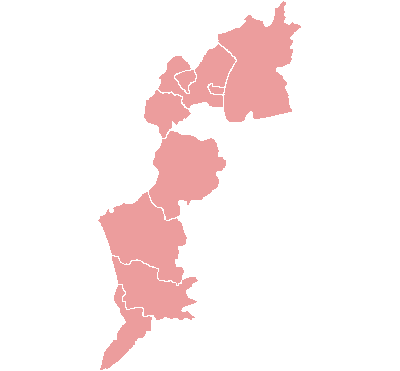
From the serene waters of Lake Neusiedl to the sun-soaked vineyards of Güssing, the districts of Burgenland capture the essence of Austria’s eastern charm. Each district has its own rhythm, culture, and scenery — blending history, nature, and innovation into a region unlike any other.
For travelers, history lovers, and culture enthusiasts, Burgenland offers an unforgettable experience — a place where tradition meets tranquility, and every district tells a story.
